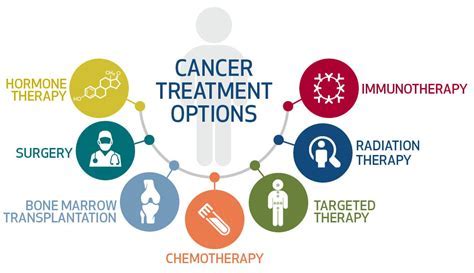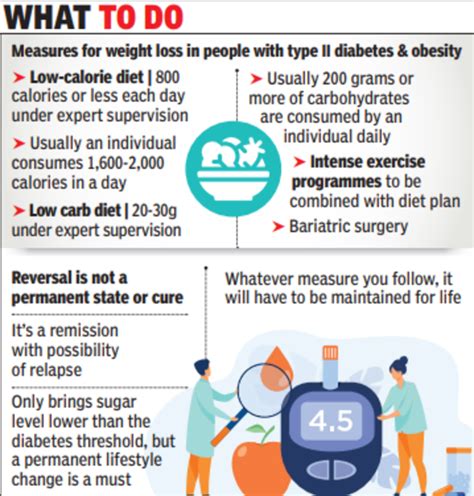Intro
Find relief from De Quervains tenosynovitis with 6 effective ways to ease thumb pain, wrist strain, and tendon inflammation, promoting healing and recovery through ergonomic adjustments, exercises, and therapy.
De Quervain's tenosynovitis is a condition that affects the tendons on the thumb side of your wrist. It can cause pain and tenderness, especially when forming a fist, grasping, or turning the wrist. The condition is often associated with repetitive motions, such as those involved in gardening, cooking, or even texting. Understanding the causes and symptoms of De Quervain's tenosynovitis is crucial for managing and treating the condition.
The symptoms of De Quervain's tenosynovitis can vary from person to person but typically include pain and swelling near the base of the thumb, which can extend up the forearm. The pain can be sharp or dull and may increase with activities that involve the thumb, such as pinching or grasping. In some cases, a catching or snapping sensation might be felt when moving the thumb. Recognizing these symptoms early on can help in seeking timely medical intervention and preventing further complications.
De Quervain's tenosynovitis can significantly impact daily activities, making simple tasks like holding a cup or turning a key challenging and painful. Therefore, finding effective relief methods is essential for managing the condition and improving quality of life. Various treatment options are available, ranging from conservative approaches like physical therapy and bracing to more invasive methods such as corticosteroid injections or surgery in severe cases. Understanding the different relief methods and their applications can help individuals make informed decisions about their care.
Understanding De Quervain's Tenosynovitis

Causes and Risk Factors
Several factors contribute to the development of De Quervain's tenosynovitis. These include repetitive movements, direct injury to the wrist or tendon, and certain types of rheumatoid diseases. Pregnancy and new mothers are also at a higher risk due to the repetitive strain from lifting their babies. Understanding these causes and risk factors can help in preventing the condition or seeking early intervention.Treatment and Relief Options

Conservative Management
Conservative management is the first line of treatment for De Quervain's tenosynovitis. This approach includes avoiding activities that aggravate the condition, applying ice to reduce pain and inflammation, and using a wrist splint to support the wrist and thumb. Physical therapy can also play a crucial role in the conservative management of De Quervain's tenosynovitis, helping to improve range of motion, reduce pain, and strengthen the muscles of the wrist and hand.Physical Therapy for De Quervain's Tenosynovitis

Exercises for De Quervain's Tenosynovitis
Specific exercises can help alleviate the symptoms of De Quervain's tenosynovitis. These include wrist extension stretches, thumb stretches, and thumb opposition exercises. Wrist extension stretches involve gently tilting the wrist upward to stretch the tendons on the back of the wrist. Thumb stretches focus on moving the thumb away from the palm to stretch the tendons on the thumb side of the wrist. Thumb opposition exercises involve touching the thumb to each of the other fingers to strengthen the muscles of the thumb.Surgical Intervention

Post-Surgical Rehabilitation
Following surgery, a rehabilitation program is essential to ensure proper healing and regain strength and mobility in the wrist and thumb. The program may include physical therapy exercises to improve range of motion, strengthen the muscles, and enhance functional abilities. It's crucial to follow the rehabilitation plan carefully to achieve the best possible outcome and minimize the risk of complications.Prevention Strategies

Ergonomic Adjustments
Making ergonomic adjustments to the workspace or environment can significantly reduce the risk of developing De Quervain's tenosynovitis. This includes adjusting the height of the computer keyboard and mouse, using a wrist rest while typing, and ensuring that the workspace is well-lit to avoid straining the hands and wrists. Ergonomic adjustments can help minimize repetitive strain and promote comfortable working conditions.Lifestyle Modifications

Nutritional Support
A diet rich in nutrients, particularly those that support bone and joint health, can be beneficial for individuals with De Quervain's tenosynovitis. Foods high in omega-3 fatty acids, such as salmon and flaxseeds, can help reduce inflammation. Vitamin C, found in citrus fruits and leafy greens, supports collagen production and can aid in tendon repair. Staying hydrated by drinking plenty of water is also essential for maintaining healthy tendons and joints.Conclusion and Next Steps

We invite you to share your experiences or ask questions about De Quervain's tenosynovitis in the comments below. Your input can help others understand the condition better and find the support they need. If you found this article informative, please consider sharing it with others who might benefit from the information.
What are the primary symptoms of De Quervain's tenosynovitis?
+The primary symptoms of De Quervain's tenosynovitis include pain and tenderness on the thumb side of the wrist, swelling, and a catching or snapping sensation when moving the thumb.
How is De Quervain's tenosynovitis diagnosed?
+Diagnosis of De Quervain's tenosynovitis is typically made through a physical examination and medical history. The Finkelstein test, which involves making a fist with the thumb inside and then bending the wrist toward the little finger, can also be used to diagnose the condition.
What are the treatment options for De Quervain's tenosynovitis?
+Treatment options for De Quervain's tenosynovitis include rest, ice, compression, and elevation (RICE), physical therapy, bracing, corticosteroid injections, and in severe cases, surgical intervention.
